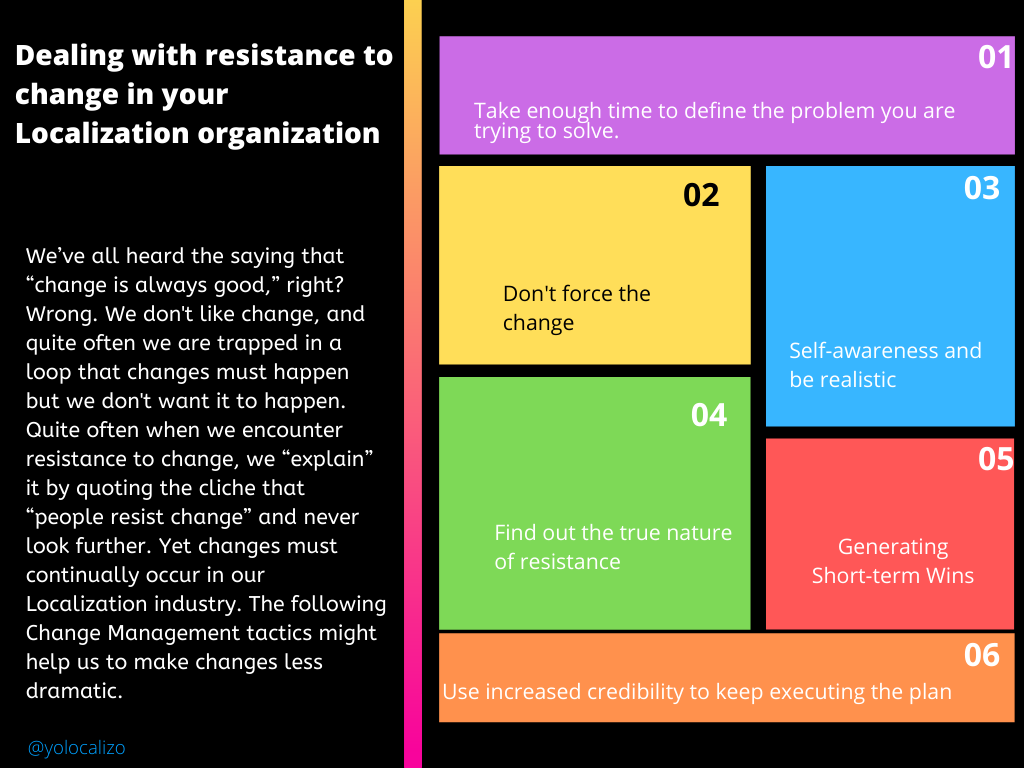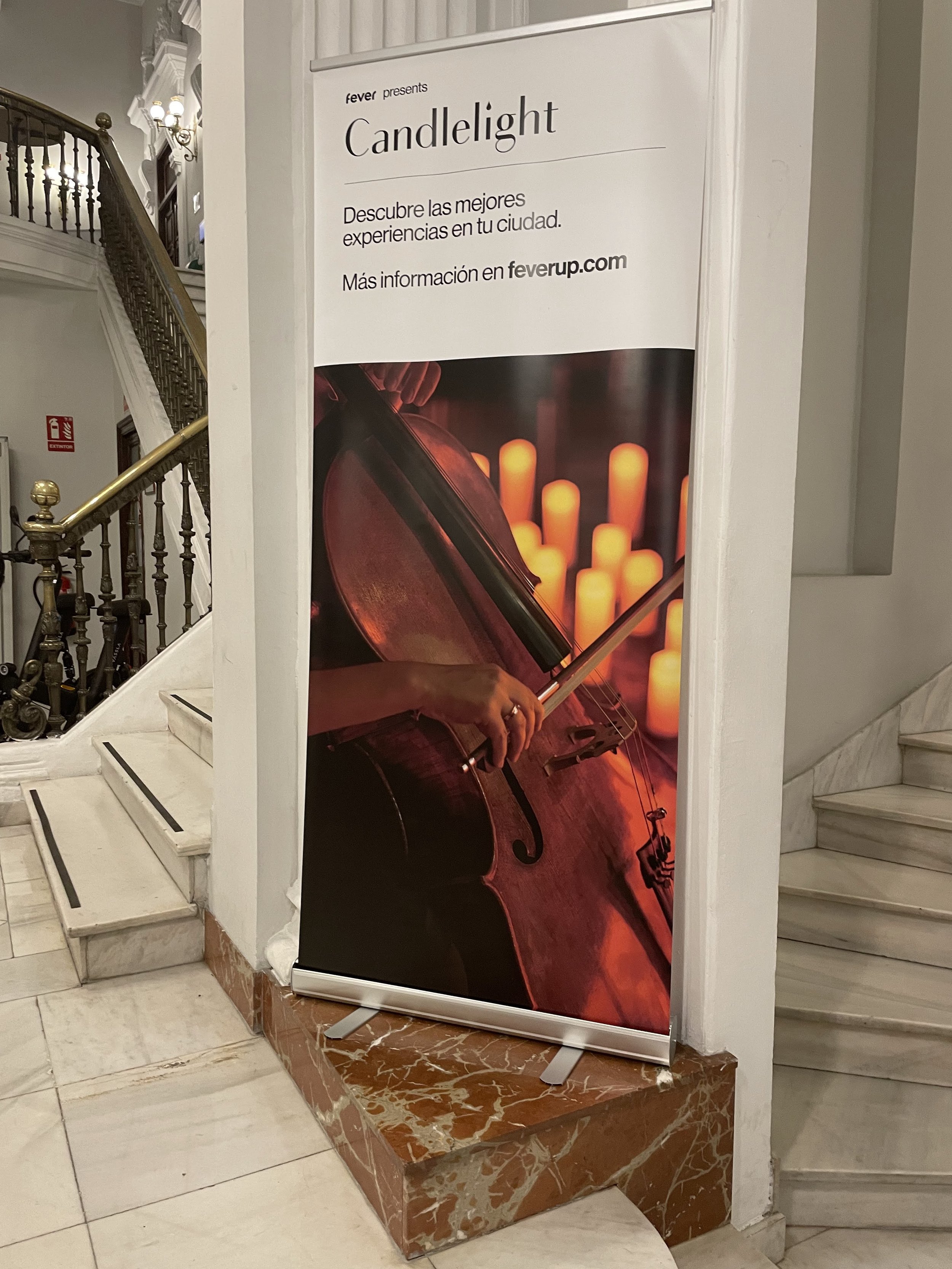The fundamental design ingredients that we must incorporate to create a cross-cultural user experience
A few days ago, I was at a tribute concert to Ludovico Einaudi. I have written here and there that he is my favorite composer.
I have not yet had the opportunity to see him play the piano live, but I have been lucky enough to have his music included in Candle Lights.
Candle lights is a very special experience in which musical tributes are paid under candlelight in emblematic buildings to certain artists.
When I arrived at the building where the concert was planned I realized that the atmosphere was unique. It was a small palace in the area of Madrid de los Austrias.
When I arrived at the palace, and after the relevant temperature control (COVID times), I climbed a beautiful staircase; arriving at the hall before the auditorium doors were opened, we were served a cocktail. And there we followed a red carpet that led us to the auditorium. When they opened the doors to accommodate the public in their seats, the wow triggered me. My hype went up when I saw hundreds, maybe over a thousand candles creating magical lighting, very elegant. In the center of the stage, conveniently hidden in the shadows, was the grand piano that would be the undoubted protagonist of what was shaping up to be an unforgettable evening.
I was getting ready to have an unforgettable "user experience"!
What can I learn from Candle Light's event if I bring it to the Localization industry?
Well, it served as a reminder of how important it is to integrate different components to provide an unforgettable user experience.
In Localization, there are 2-3 approaches that I have often seen working with different clients in my time as an LSP or as a buyer of LSP services throughout my career.
1. Localization activities are a necessary "evil" that I need to enter XXXX market to operate there and comply with current legal law (Localization=commodity=transactional activity)
2. Localization activities is a fundamental component to increase international growth (Localization=revenue accelerator=strategic activity)
3. Both mix depends on the product/market in question.
Today in my post, I want to focus on this second aspect. On how to make Localization an activity that provides the best possible user experience. And for this, it is necessary to include the 5 components that, from my perspective contribute to creating a magical user experience in the design phase.
There are some aspects of design that you must nail to get Localization right; let's see them below.
Geo culture details. It is essential to pay attention to the different elements that make up the culture of the people we want to sell our product to. We need to be respectful when creating content that references maps, religion, ethnicity, and belief systems. This is achieved by attaining a basic awareness of cultural sensitivity to understand that cultural issues can occur, and which key markets and in which key types of content.
Colors. A fundamental element when designing content that is not usually associated with Localization has to do with colors. Typically when you think of Localization, you think of words. But colors should also be considered and adapted to represent the different cultures we target.
Example of how Uber "localized" its color palette and patterns for different countries. The image shows the adaptation made for China, Ireland, Mexico, and India.
3.- Icons and images. Just as colors are not usually associated as an ingredient in Localization, so are icons and images. When designing an experience for a cross-cultural audience, we must pay attention to the symbols and images, have the meaning we want them to have.
4.- UI design as an ingredient in the user experience has a powerful impact. Once the content is localized, text lengths may change, and to avoid those ugly text truncations that we often see when using localized products, we must design content with Localization in mind. And this goes beyond leaving more space for LTR languages. Some languages need more vertical space and larger fonts to be read well (i.e., Japanese); others like Arabic and Persian read from right to left (RTL). These ingredients must also be considered to create a user experience that travels well beyond our borders.
5- Code readiness. I remember years ago when forms did not accept the name of the country where I lived because my country contains a special character, the ñ. A letter not at all common in other languages but Spain, localized is España! The same happens with my last name; if I want to write it right, I have an accent on u! Sepúlveda. Making a form, making software, and then it doesn't accept special characters or the date format of the country where I live or the currency I use... it's not a satisfying feeling.
If you want to know more about code readiness check this post where I give all the details about the areas we must consider to create worldwide ready products.
In summary
Today we are more connected than ever, and the use of the Internet has removed many of the physical barriers we had to distribute digital products. It is easier than ever to create content from anywhere on the planet and make it available worldwide. But trust, we have to keep fighting to earn it. The Localization+Design combination can be a powerful alliance to build this trust. Still, it starts with understanding that Localization is more than just words and that different cultural ingredients are vital to achieving an unbeatable user experience. Going back to the beginning of my post, maybe the concert could have been in a less magical place. But the attention and care given to the different ingredients amplified my satisfaction as a customer ... a beautiful historic building, hundreds of candles, an exotic cocktail, and top-notch acoustics made that night an event I will never forget. My user experience was unbeatable because of the attention to detail and the different ingredients that created a magical night for me.
That is user experience, understanding that the sum of the parts improves the final product. That is Localization, understanding that there are more "ingredients" to consider beyond the translation of words.


















This post explores the key differences between working on the buyer versus the provider side of the localization industry. While there are some tasks common to both, others vary significantly in areas such as people management, operations, strategy, and metrics. The article breaks these tasks into four categories, providing examples for each to highlight these distinctions